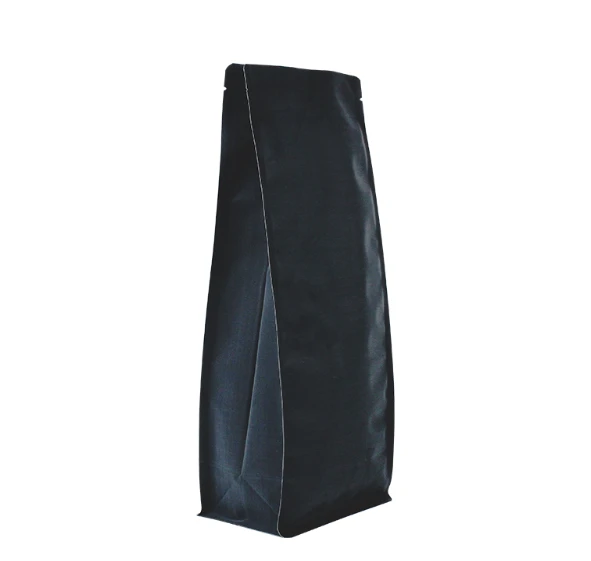- Afrikaans
- Albanian
- Amharic
- Arabic
- Armenian
- Azerbaijani
- Basque
- Belarusian
- Bengali
- Bosnian
- Bulgarian
- Catalan
- Cebuano
- chinese_simplified
- chinese_traditional
- Corsican
- Croatian
- Czech
- Danish
- Dutch
- English
- Esperanto
- Estonian
- Finnish
- French
- Frisian
- Galician
- Georgian
- German
- Greek
- Gujarati
- haitian_creole
- hausa
- hawaiian
- Hebrew
- Hindi
- Miao
- Hungarian
- Icelandic
- igbo
- Indonesian
- irish
- Italian
- Japanese
- Javanese
- Kannada
- kazakh
- Khmer
- Rwandese
- Korean
- Kurdish
- Kyrgyz
- Lao
- Latin
- Latvian
- Lithuanian
- Luxembourgish
- Macedonian
- Malgashi
- Malay
- Malayalam
- Maltese
- Maori
- Marathi
- Mongolian
- Myanmar
- Nepali
- Norwegian
- Norwegian
- Occitan
- Pashto
- Persian
- Polish
- Portuguese
- Punjabi
- Romanian
- Russian
- Samoan
- scottish-gaelic
- Serbian
- Sesotho
- Shona
- Sindhi
- Sinhala
- Slovak
- Slovenian
- Somali
- Spanish
- Sundanese
- Swahili
- Swedish
- Tagalog
- Tajik
- Tamil
- Tatar
- Telugu
- Thai
- Turkish
- Turkmen
- Ukrainian
- Urdu
- Uighur
- Uzbek
- Vietnamese
- Welsh
- Bantu
- Yiddish
- Yoruba
- Zulu
Variations in Weed Measurements Across Different Research Methods and Approaches
Different Measurements of Weed Understanding and Quantifying Cannabis
The world of cannabis, commonly referred to as weed, has expanded rapidly in recent years, with its legalization in various regions sparking a surge in interest and consumption. As a result, understanding and quantifying cannabis has become increasingly important, not only for legal purposes but also for ensuring safety and consistency for users. This article will explore the different measurements of weed, focusing on potency, dosage, and weight measurements, which are crucial for both consumers and producers in this burgeoning market.
Potency Measurements
One of the primary ways to measure cannabis is by its potency, which is typically represented as a percentage of active compounds, particularly tetrahydrocannabinol (THC) and cannabidiol (CBD). THC is the psychoactive component responsible for the euphoric high associated with weed, while CBD is known for its therapeutic effects without the high.
Potency measurements can vary significantly between strains; for instance, one strain might contain 25% THC, while another could have only 10%. Consumers often look for the potency percentage when selecting products to ensure they choose the right strain for their needs. Additionally, the balance between THC and CBD is crucial for experienced users who may prefer a more balanced effect or individuals seeking medicinal benefits.
Professional laboratories commonly conduct potency testing through chromatography, a scientific method that separates chemical compounds for precise analysis. Such lab tests not only provide accurate potency measurements but also help in identifying other cannabinoids and terpenes that contribute to the overall experience of the cannabis product.
Dosage Measurements
In addition to potency, dosage is a key measurement for users, ensuring they consume the appropriate amount for their desired effects. Dosage can depend on various factors, including the user’s tolerance, experience level, and the method of consumption (e.g., smoking, edibles, or oils).
different measurements of weed

For instance, a new user may begin with a low dose of THC, approximately 2.5 to 5 milligrams, while experienced users might consume upwards of 10 to 20 milligrams or more at a time. For cannabis edibles, it is particularly crucial to measure dosage carefully, as the delayed onset of effects can lead to unintentional overconsumption. Some manufacturers provide clearly labeled doses for edibles, helping consumers understand how much THC they are ingesting per serving.
Moreover, local regulations often dictate permissible dosage levels, particularly in medicinal applications. This standardization helps ensure safety and efficacy, allowing users to have confidence in what they are consuming.
Weight Measurements
Weight is another fundamental measurement when it comes to cannabis. Marijuana is typically sold by weight, and common measurements include grams, eighths (approximately 3.5 grams), quarters (7 grams), and ounces (28 grams). Understanding these measurements is essential for consumers who want to ensure they are getting value for their money.
Recreational dispensaries usually provide a variety of weights for their products, catering to different budgets and consumption habits. For larger purchases, bulk discounts often apply, incentivizing consumers to buy more. Additionally, knowledgeable budtenders can guide users in choosing the right amount based on their consumption patterns.
Conclusion
As the cannabis industry continues to grow, understanding the different measurements of weed—potency, dosage, and weight—becomes increasingly vital for consumers and producers alike. With precise measurements, users can make informed decisions about their cannabis consumption, enhancing their experience and safety. As regulations evolve and the market continues to mature, accurate measurement practices will play a crucial role in fostering a responsible and informed cannabis culture. Ultimately, these measurements empower users, ensure consistency in products, and contribute to the legitimacy of the cannabis industry as a whole.













